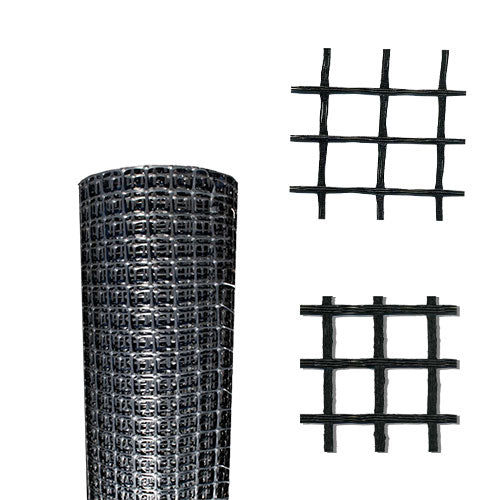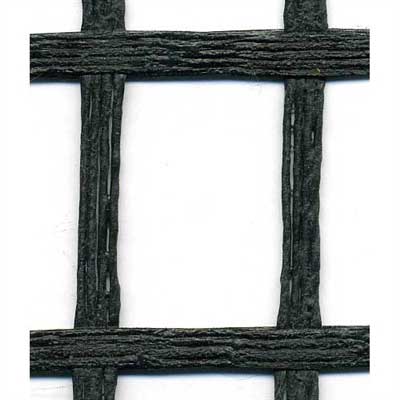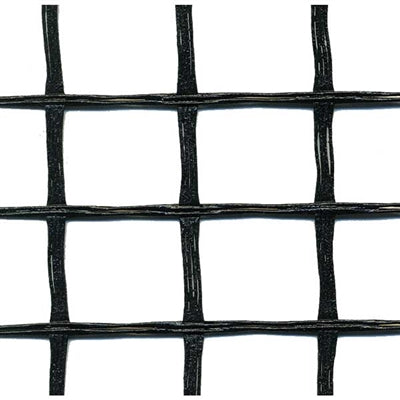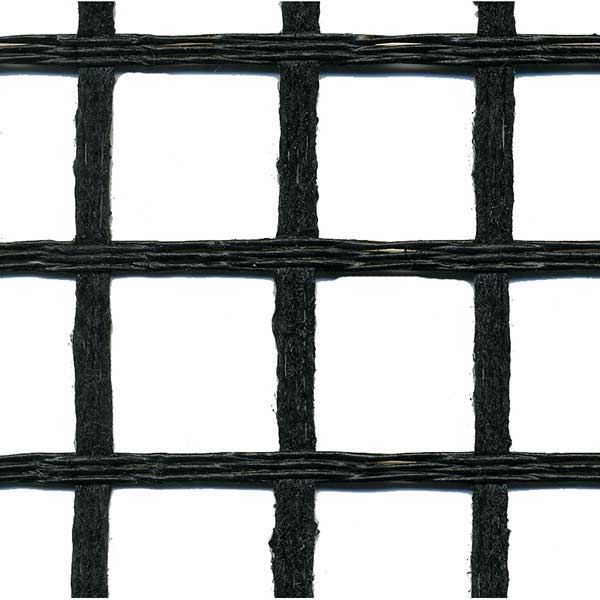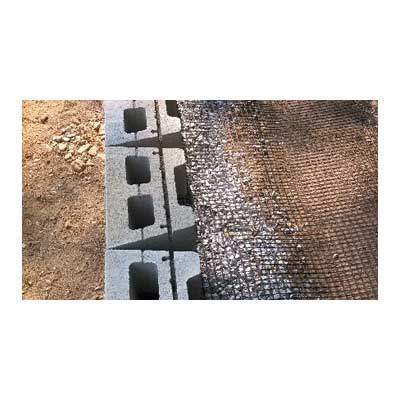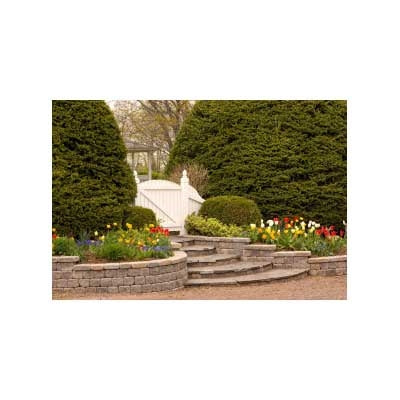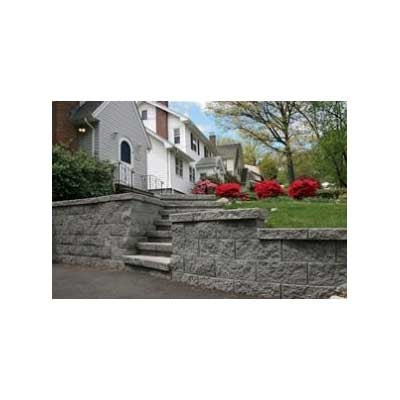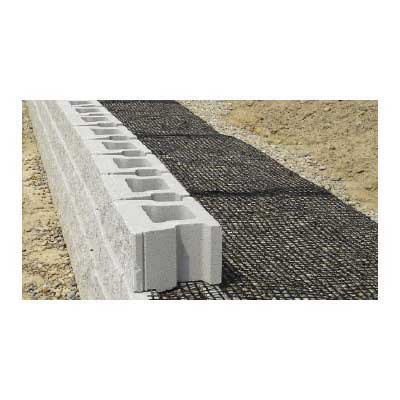Geogrid Fabric For Retaining Walls
FREE SHIPPING
This geogrid fabric is engineered with retaining walls in mind and this technology enables stronger and larger walls to be constructed for civil and landscape applications.
3 Series – For wall applications up to 10 ft in height
5 Series – For wall applications over 10 ft in height
Free Shipping

